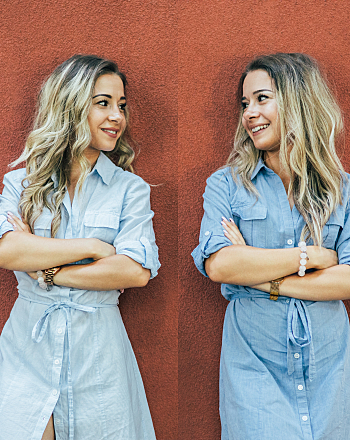The safety of babies and toddlers will be given a boost by a new child injury research project at Neuroscience Research Australia.
The goal of the project is to identify ways to reduce the number of deaths and injuries to children aged 0 – 2 years in car crashes.
“Up to 15 children under the age of two died in NSW in the last five years, and many more were injured,” says lead researcher Dr Julie Brown, a senior scientist at NeuRA.
“We want to find out where there is room for reducing the number of these deaths and injuries.”
While road related injury is one of the most common causes of serious injury and death in children in Australia, new research into improving car safety for children aged 0 – 2 years has not been conducted for over 15 years.
The first stage of the project will review medical records of approximately 2,500 children involved in car accidents over a five year period. The aim to is assess what influence certain factors – such the amount of time elapsed between the accident and receiving treatment, and the care they received in hospital – play in children experiencing poor outcomes after a car accident.
The second stage of the project will look specifically at the performance of restraints.
“Our hypothesis is that the most important factors will be related to the restraint and the crash,” says Dr Brown.
Dr Brown’s previous research found that more than half of Australian children are at increased risk of injury in car accidents because they are seated in an inappropriate restraint for their size, mostly that they were too small for the restraint they were using.
“While this was a problem for children aged two and older, it’s less of a problem in the 0 – 2 years age group because parents are given good advice on choosing restraints that last until their child is about two,” she says.
Dr Brown says she believes the problem may lie in the way the restraints are being used, or in the design of the restraints currently on the market.
“Since the early 1990s there has been an explosion of overseas designed and manufactured child restraints onto the Australian market,” she says.
“While these all meet the stringent requirements of the Australian Standard, we know from crash testing that some of these restraints allow more movement of the child in a crash than more old-fashioned restraints would. We need to conduct research to find out if this is a problem in the real world,” she says.
The research will be conducted in collaboration with the trauma department at the Sydney Children’s Hospital in Randwick, NSW.



